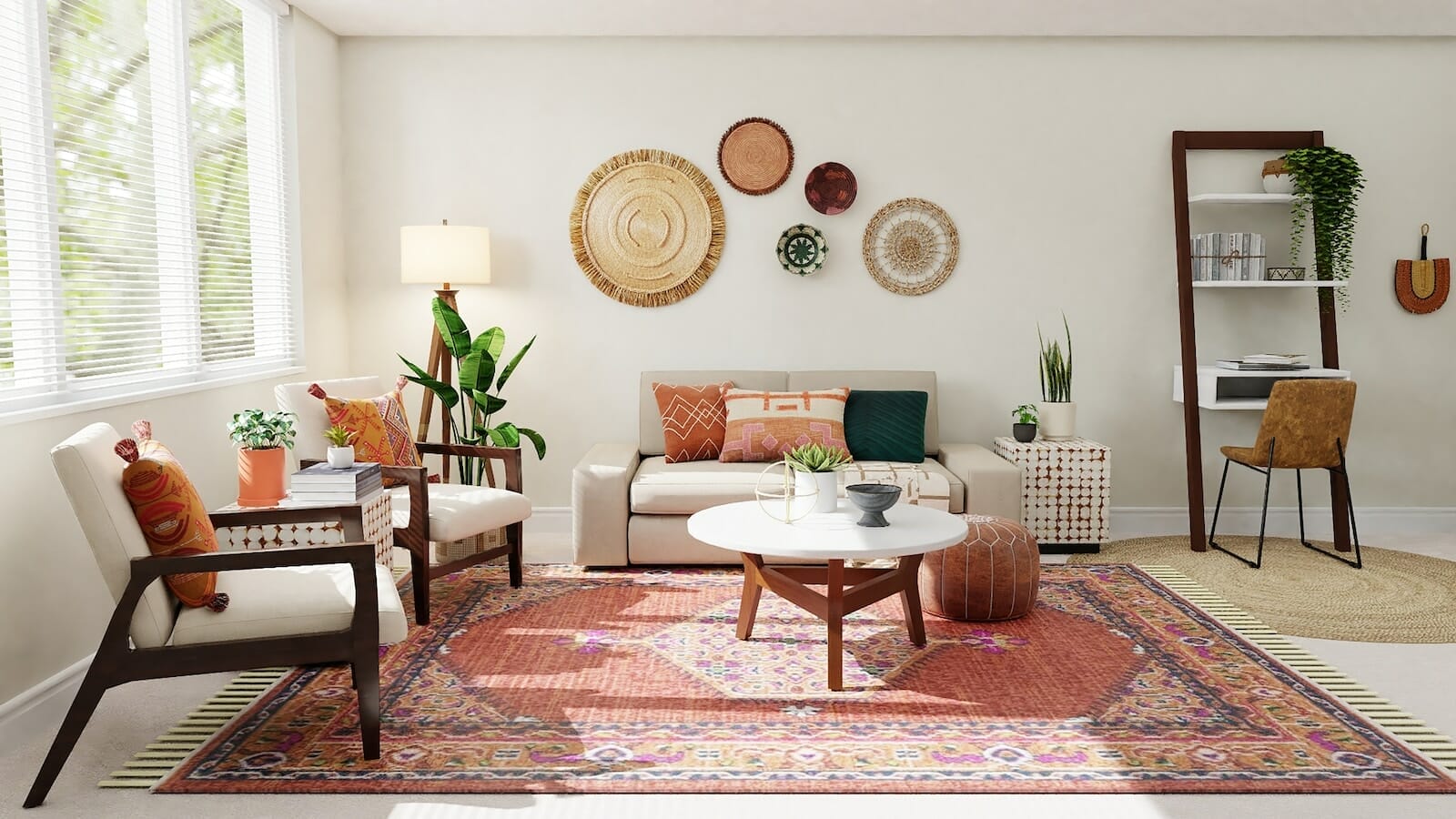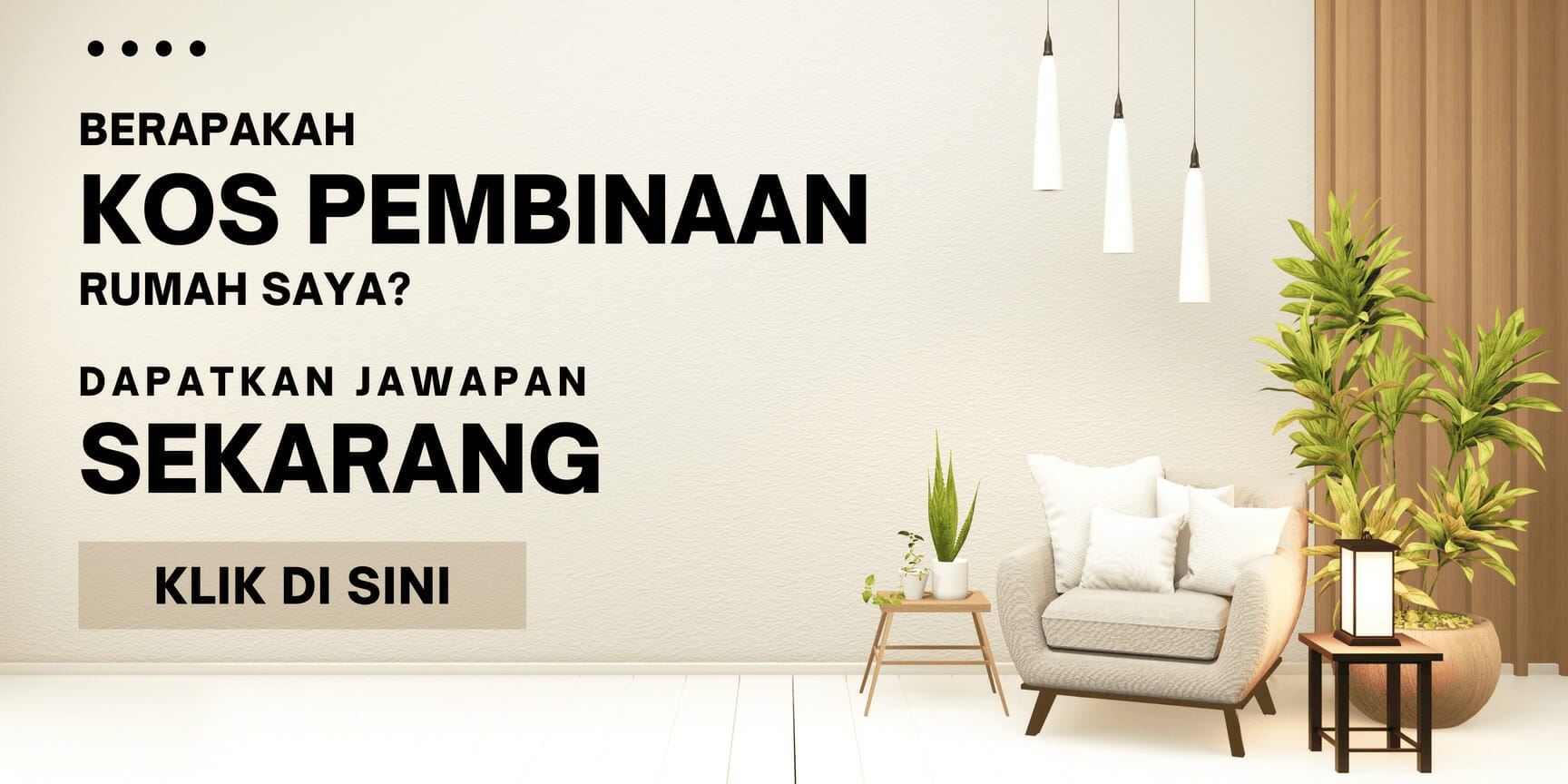
- What are the pros of prefabricated homes?
- What are the cons of prefabricated homes?
- Are prefabricated homes cheaper than traditional construction?
- How long does it take to build a prefab home?
- Are prefabricated homes customizable?
- Do prefab homes appreciate in value like traditional homes?
- Are prefabricated homes energy efficient?
- How durable and long-lasting are prefab homes compared to traditional homes?
- What maintenance is required for prefabricated homes?
- What are the different types of prefabricated homes?
Prefabricated homes, also known as prefab homes, offer many advantages compared to homes built using traditional construction methods. Here are some of the main pros of choosing a prefabricated home:
Faster Construction Time
One of the biggest benefits of prefab homes is the speed of construction. Since up to 80% of a prefab home is built in a factory, construction can be completed much faster than sticking-built homes. Sections of the home are manufactured offsite while the foundation is prepared onsite. Once the foundation is ready, the prefab sections are delivered and assembled. This cuts down on construction time considerably.
- Prefab homes can be move-in ready in as little as 4-5 months, compared to 9-12 months or longer for traditional construction.
Cost Savings
Prefab homes are usually less expensive to build than comparable traditionally-built homes for several reasons:
- Factory construction with assembly line techniques is more efficient. This brings down costs.
- Materials are bought in bulk by the manufacturer, bringing down per unit costs.
- Less on-site labor is required, reducing labor costs.
- Prefab homes produce less waste since materials are precisely manufactured offsite.
According to Consumer Reports, prefab homes cost 10-20% less than traditional construction.
High Quality Construction
Prefab homes are constructed in a controlled factory environment. This allows for:
- Tighter quality control and less defects
- Use of cutting edge technology like CNC machines for precision manufacturing
- Testing and inspection at each step of the construction process
As a result, prefab homes often have higher build quality than site-built homes. Materials and finishes are also not exposed to weather elements during construction.
Customization Options
While there are ready-made standardized prefab designs, many prefab companies also offer customization options:
- Custom layouts and floor plans
- Choice of exterior and interior finishing like siding, roofing, countertops etc.
- Upgrades like solar panels, smart home tech, high-end appliances etc.
So you can still get a customized prefab home tailored to your needs and preferences. The customization takes place at the factory before final delivery and assembly.
Energy Efficiency
Prefab homes are designed for maximum energy efficiency in several ways:
- Wall systems with high insulation ratings to prevent heat loss
- Advanced weather sealing throughout the home
- Energy efficient windows and doors
- Options like solar panels and heat pumps
This results in lower monthly utility bills compared to traditional homes. Some prefab builders even offer net-zero energy homes.
Minimal Site Disturbance
Less on-site construction means:
- Less environmental impact on the building site
- Minimal disruption to the surrounding area
- Reduced noise, debris and pollution during construction
This allows prefab homes to be built on sites like challenging terrains where traditional construction may not even be feasible.
Resilient Design
Prefab construction allows homes to be designed and built to be resilient against disasters like earthquakes, hurricanes and floods. Features include:
- Reinforced roof ties
- Impact resistant windows
- Elevated foundations in flood zones
- Resilient drainage and ventilation systems
This provides security and peace of mind for homeowners.
In summary, prefabricated homes provide faster construction, cost savings, high quality, customization, energy efficiency, sustainability and resilient designs. These pros make them a smart choice compared to conventional construction for many homeowners today.
While prefabricated (prefab) homes have many benefits, there are also some potential drawbacks to consider before choosing a prefab home:
Limited Customization
Prefab homes are not as customizable as homes built completely onsite from the ground up. There are limits to what can be done in the factory manufacturing process. For instance:
- Layout changes may be restricted once manufacturing begins
- Complex custom designs can be difficult to accommodate
- Options for finishes and features are limited to what the manufacturer offers
So for buyers wanting a highly customized or ornate home, prefab may not meet their needs.
Limited Design Options
Currently, there are fewer style options available in prefab home designs compared to traditional construction. Prefab homes tend to have a more modern, minimalist aesthetic. Home buyers preferring traditional architectural styles may not find suitable prefab home designs.
Size Limitations
Prefab homes work best for smaller, compact home footprints. It can be challenging to manufacture, transport and install large prefab sections for sprawling homes over 3,500+ sq.ft. Some local regulations also limit the maximum size of prefab homes.
Not Ideal for Renovations
Prefab works best for new construction rather than renovations or additions. Retrofitting prefab sections onto an existing structure requires extensive customization and can negate many of the prefab benefits.
Site Constraints
While prefab offers minimal site disturbance, the lot does need to be accessible by road for the units to be delivered. Installation also requires a clear route from the street to the foundation. Lots with accessibility issues may not work well for prefab.
Foundation Requirements
Prefab homes need reinforced foundations designed to specification to securely bolt the units. Foundation costs may be higher than a typical build. Some sites with soil conditions unsuited to reinforced slabs may not work for prefab.
Resale Value Concerns
There is a perception that prefab homes may not appreciate as well as traditional homes. However, data shows that prefabs appreciate comparably if they are well-built. Nonetheless, appraisers in some markets may still undervalue prefab homes.
High Transport Costs
For prefab homes, the bulk of construction takes place remotely. Then the home sections need to be trucked to the site for assembly. Long transport distances can add significant shipping costs, especially for rural sites.
Timeline Inflexibility
Once a prefab home begins production, the manufacturing timeline is difficult to speed up or slow down. The prefab timeline may not align perfectly with obtaining permits, site prep work and utility connections.
Little Cost Saving for High-end Homes
The cost benefits of prefab are most apparent for standard, mid-range homes. For high-end luxury prefabs with extensive customization, costs may approach conventional homes.
In summary, considerations like limited customization, design restrictions, size constraints, site suitability and transport logistics should be taken into account when weighing using prefab construction. For the right home buyer, prefab cons may be outweighed by the many pros and efficiencies.
Prefabricated homes tend to have lower construction costs compared to traditional stick-built homes, but there are some caveats. Here is an overview of prefab home pricing and how it compares:
Prefab Home Cost Factors
The cost of a prefab home depends on several factors:
- Size – The total square footage and number of floors/levels
- Customization – The extent of design customization vs standard models
- Features and Finishes – Quality of cabinetry, flooring, appliances etc chosen
- Foundation – Type of foundation required based on location
- Delivery – Distance from factory to site which impacts shipping
- Assembly – On-site labour needed for installation and finishing
More customization and higher-end finishes will increase the budget, while smaller standard models help reduce costs.
Prefab Cost Savings
Prefab homes can cost 10-20% less compared to traditional on-site construction. Here are some of the factors that lead to savings:
- Factory workflow and machinery increase efficiency and reduce waste
- Bulk purchasing of materials brings down costs
- Less manual labor required overall
- Shorter construction timeline reduces finance costs
- Lower risk of weather damage and re-work
Exact cost differences depend on the prefab company, model, location and other specifics.
Traditional Home Cost Factors
For traditional stick-built homes, the main cost drivers are:
- Materials – Lumber, bricks, roofing, fixtures selected
- Labor – Hourly rates and total hours for subcontractors
- Duration – Longer timelines mean higher financing costs
- Land Acquisition – Budget will be higher for prime lots
- Customization – More unique designs and finishes raise costs
- Foundation – Particularly excavation needs in difficult terrain
Higher-end custom homes with premium materials and features will fall in the upper cost range.
Cost Comparison Table
Here is an approximate comparison of costs for a 2,500 sq.ft single family home:
| Cost Factor | Prefabricated | Traditional |
|---|---|---|
| Materials | $100,000 | $150,000 |
| Labor | $50,000 | $100,000 |
| Timeline | 5 months | 10 months |
| Financing | $10,000 | $20,000 |
| Total Cost | $160,000 | $270,000 |
As the table shows, prefab homes can cost over $100,000 less for an equivalent size and features. The ability to assemble the home much faster onsite is a major cost factor.
When Prefab Loses Cost Advantage
However, prefab homes can end up costing similar or more than traditional homes in certain scenarios:
- Highly customized prefab homes
- Luxury, high-end finishes prefab homes
- Larger homes over 3,500 sq.ft.
- Sites located very far from prefab factory
The cost advantage is strongest for standardized mid-range prefab homes under 3,000 sq.ft.
In summary, prefabricated homes do provide significant construction cost savings in most cases thanks to the efficiencies of offsite manufacturing. But for certain high-end applications, the pricing difference may be negligible. Always get multiple bids before deciding.
One of the biggest advantages of prefabricated construction is the faster timeline compared to traditional on-site building. Here is an overview of how long it takes to build a prefab home:
Prefab Construction Timeline
The typical timeline to build a prefab home is:
- 2-6 weeks for design, budgeting, permitting and financing
- 4-6 weeks for factory construction of modules
- 1-2 weeks for foundation work onsite
- 1-3 days for trucking prefab sections to site
- 1-2 weeks for onsite assembly and finishing
In total, a move-in ready prefab home can be completed in just 4-6 months on average.
Here is a sample prefab construction schedule:
| Phase | Duration |
|---|---|
| Design, approvals, financing | 4 weeks |
| Factory fabrication | 6 weeks |
| Foundation pouring | 2 weeks |
| Modules delivery | 2 days |
| Onsite assembly | 1.5 weeks |
| Finishing (interior, exterior) | 3 weeks |
| Total Time | 5 months |
Some factors that can influence the timeline:
- Size of home – Larger homes take longer
- Customization – More complex designs add time
- Site accessibility – Impacts delivery and assembly
- Permitting – Some areas have longer approval times
Traditional Building Timeline
For traditional stick-built onsite construction, the typical timeline is:
- 4-8 weeks for design, budgeting, permitting and financing
- 2-4 weeks for site preparation and foundation
- 4-6 months for frame construction and roofing
- 2-3 months for exterior finishing (siding, windows, doors)
- 2-3 months for interior finishing (drywall, paint, trim, fixtures)
- 1-2 months for inspections, utilities, landscaping
In total, construction usually takes 9-12 months. Larger or customized homes can take over a year to complete.
| Phase | Duration |
|---|---|
| Design, approvals, financing | 6 weeks |
| Foundation and site prep | 4 weeks |
| Framing and roofing | 5 months |
| Exterior finishing | 3 months |
| Interior finishing | 2.5 months |
| Inspections and landscaping | 6 weeks |
| Total Time | 12 months |
Key factors impacting traditional build timelines:
- Number of change orders and rework needed
- Any weather delays or shutdowns
- Speed of material deliveries
- Crew and trade contractor availability
Timeline Comparison
Based on typical timeframes, prefabricated homes are completed 50-60% faster than traditional construction. For instance:
- A prefab home taking 5 months would take 10-12 months using traditional building
- A 10 month traditional build could be a 4-5 month prefab project
This significant time savings is possible because up to 80% of construction is done in the controlled factory environment. Onsite work is minimized.
In summary, prefabricated homes provide a much faster path to move-in ready completion, usually in less than half the time of standard construction. The accelerated schedule is a major benefit for buyers eager to settle into their new home.
Prefabricated homes are often associated with cookie-cutter designs, but many customization options are available depending on the manufacturer. Here is an overview of customization possibilities for prefab homes:
Floor Plan Options
Most prefab builders offer multiple standard floor plans to choose from, ranging from compact 1-2 bedroom designs to spacious 5+ bedroom layouts. While layouts cannot be completely customized, buyers can select the plan that best fits their space needs.
Some builders also allow modifications like:
- Adding or removing interior walls/doors
- Flipping the layout or reversing it
- Adjusting room and space dimensions
Within structural limitations, layouts can be adapted to suit buyer preferences.
Exterior Looks
Prefab home exteriors can be customized with different material finishes:
- Siding – e.g. wood, metal, brick, stone
- Windows – sizes, grid patterns, trim
- Entry doors – styles, colors, sidelights/transoms
- Roofing – shingles, standing seam metal, flat roof
- Garages – attached or detached
This allows buyers to personalize the home’s aesthetic and street appeal.
Interior Finishes
Interior finishes and features allow for plenty of personalization:
- Flooring – hardwood, tile, laminate, vinyl, carpet
- Cabinetry – shaker, modern, color choices
- Countertops – granite, quartz, butcher block
- Bath fixtures – sinks, tubs, showers, vanities
- Appliances – brands, styles, pro-grade options
- Smart home systems – lighting, climate, security
Finish selection is where most prefab customization takes place.
Custom Add-Ons
Additional options allow further customization:
–Bonus spaces – detached garages, she sheds, guest suites
–Outdoor features – decks, pergolas, spas, outdoor kitchens
–Home systems – solar panels, backup generators, EV chargers
–Accessibility features – wheelchair ramps, lifts, roll-in showers
While not built offsite, these can be incorporated during final onsite assembly.
Design Services
Most prefab builders have in-house designers to help customize within their available options, including:
- Collaborating on floor plan and layout preferences
- Modeling different exterior finish combinations
- Selecting cabinetry, lighting and other interior features
- Visualizing final design with 3D walkthroughs
This guidance helps buyers personalize plans while keeping options within feasible parameters.
Cost of Customization
More customization does add to the final price:
- Floor plan changes add ~5-15%
- Exterior finish upgrades add ~10-20%
- Interior design selections add ~20-30%
- Bonus structures and add-ons add ~15-40%
But the convenience of having it all done by the same company can outweigh added costs.
In summary, while not as customizable as on-site construction, prefab homes offer ample options to tailor layouts, aesthetics, finishes and features to your taste within the inherent structural constraints. Expert design help is available. Added customization does impact the overall budget.






